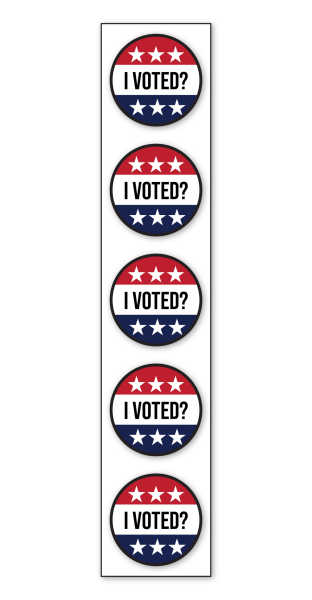Is your “For You” page really for you?
How the pandemic has fed into the technology addiction
January 18, 2022
Without a doubt, the novel coronavirus has completely and wholly changed our lives as we know them. It has rewritten the status quo over and over and continues to tirelessly challenge everything we stand for. Interactions that once seemed harmless and bore no significant risk to our physical wellbeing could very well put our lives, and those of the people around us, at stake.
Perhaps the most notable adaptations to the way we interact with others can be found in our use of technology — specifically that of social media.
After schools, businesses and social functions began to shut down in response to rising COVID-19 cases across the United States, individuals turned to the internet in order to connect with one another. However, social media operates on a dangerous structural ideology that surrounds its users with like-minded individuals, distorting their perception of reality and contributing to the addictive nature of algorithms.
As the pandemic worsened and we began to spend more time at home and less time doing what we love with those we love, social media became an escape. It offered ample opportunities to pass the time, with an endless stream of content perfectly curated for each individual viewer. The problem is, social media is not real life; social media is a glamorized, cherry-picked version of life that is certainly much more appealing.
The course of the pandemic has revealed catastrophic flaws in the political dogma of the U.S., as it highlights core indifferences in the increasingly polarized belief systems of Americans. We feel validated when we find others who share our opinions, and we often feel the need to sway those who don’t. We tread confidently, making assumptions backed by our own cognitive biases. Networking sites like Instagram, Twitter, Facebook and TikTok are very aware of this phenomenon and use it to their advantage.
TikTok, the infamous video-sharing platform released back in Sept. 2016, experienced an extraordinary surge of new users throughout 2020. In March of 2020, alongside the first peak of the COVID-19 pandemic and the implementation of lockdown procedures, TikTok welcomed 12 million new users from the U.S. The average time spent on the app by U.S. users during the month of March was 858 minutes, an increase of 93.7% from Oct. 2019. Comparatively, U.S. social media users only spent 319.5 minutes on average browsing Instagram.
To keep users engaged, the “For You” page is decorated with short, digestible videos that reshape the attention span and prime the reward system to be heavily reliant on instant gratification. The TikTok user algorithm operates on four foundational goals: user value, long-term user value, creator value and platform value. Ultimately, the goal is to ensure that users continue to return to the app and spend as much time on it as possible — an endeavor that is most certainly successful, as nine out of ten TikTok users use the app multiple times per day.
TikTok operates on the notion that anyone can go viral despite the visibility algorithms and thus encourages users to continue posting in hopes of “blowing up overnight.” The app ensures that it remains easy for users to create and upload content by providing music and other user-generated sounds to record videos to and by reinforcing trends for users to recreate. The creative possibilities are endless — as is the pool of media to be redistributed.
By monitoring your likes, comments and even time spent viewing different categories of content, TikTok is able to manufacture one’s perfect world. Within only a few hours of use, the app is able to identify and place a user into various demographics, such as sexuality and physical attraction, political standpoint, music tastes and other general interests.
As a result, the algorithm spawns an idealized perception of the world that does not accurately reflect the distribution of differing ideas, beliefs and values. Furthermore, TikTok is littered with marketing techniques, and these algorithms strengthen the platform’s ability to micro-target users with advertising and even propaganda. The distorted sense of reality staged by TikTok and other social media sites can contribute to perceived feelings of inferiority and further isolation, which can have considerable effects on the mental health and wellbeing of adolescent users.
Ultimately, the rise of TikTok as a major social networking site can undoubtedly be accredited to COVID-19. Nevertheless, we must remain mindful of the perceptual biases we may carry when we view the world through the lens of social media. Although the internet and social networking can be a fun way to pass time and stimulate our brains, we must remember to always question the information and media that is fed to us. It is crucial that we actively work towards educating ourselves and staying open-minded while listening to the stories of others whose lives we have not lived. Post, scroll and share mindfully and with intent — don’t let the algorithm do it for you.











